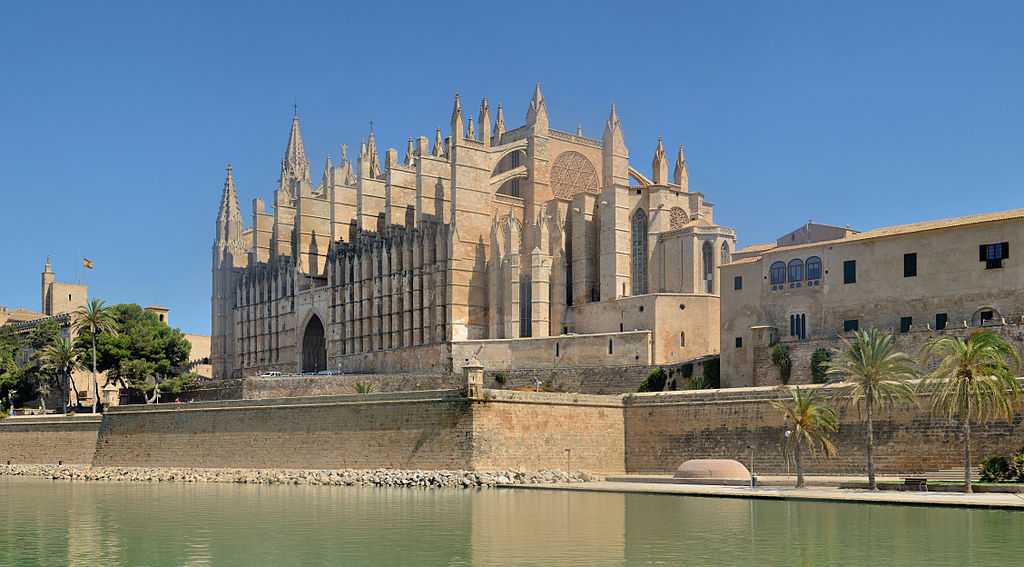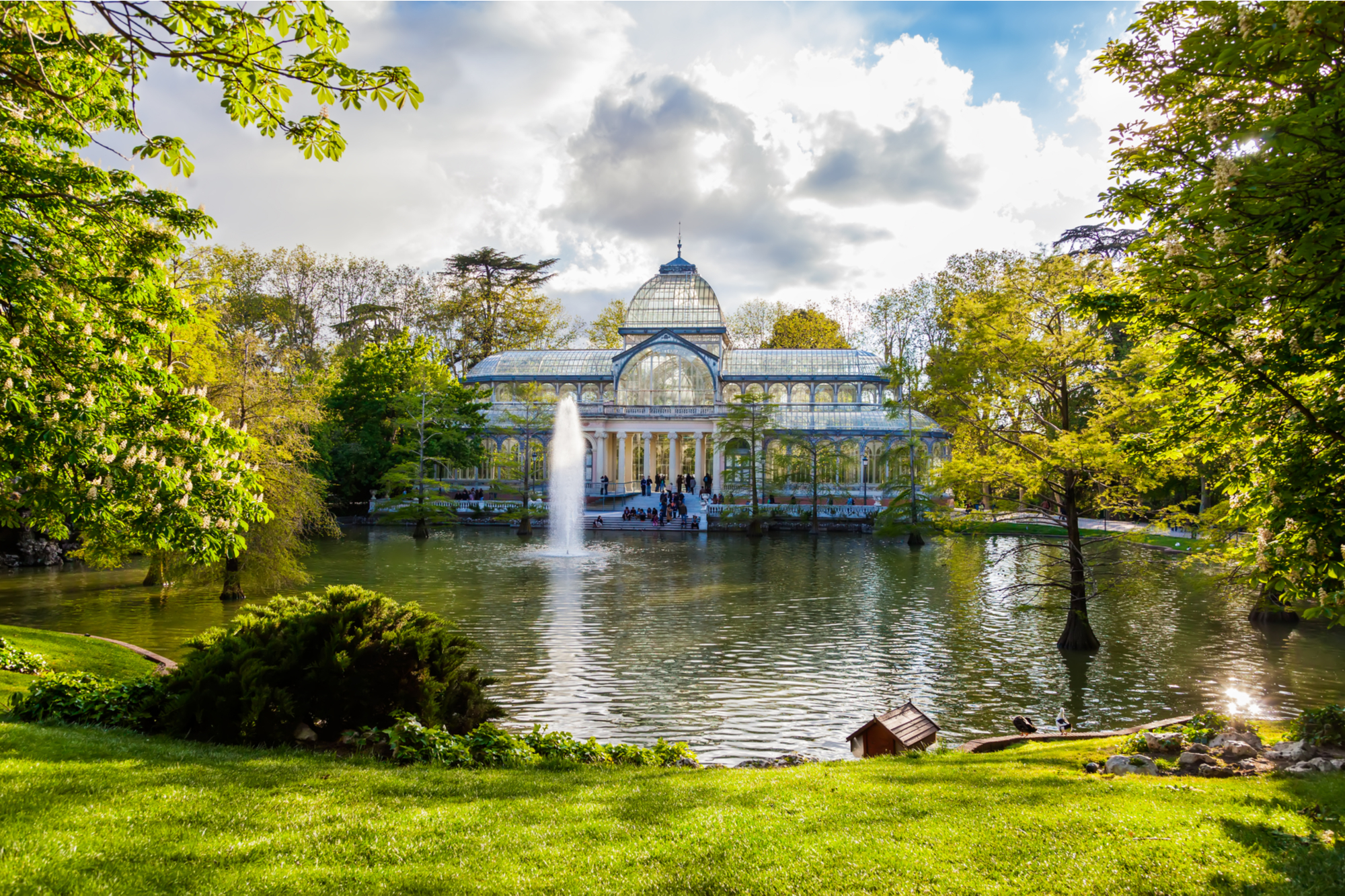The Lonja de la Seda in Valencia – Silk Market
The Lonja de la Seda de Valencia or Lonja de los Mercaderes is a Valencian civil Gothic masterpiece located in the historic center of the city of Valencia (Spain).
Declared, in 1996, a World Heritage Site by Unesco, it is located in the Plaza del Mercado, number 31, in front of the Church of the Santos Juanes and the Central Market of Valencia.
It was named a National Monument since 1931, and UNESCO declared the Lonja de la Seda a World Heritage Site on December 5, 1996, as a “totally exceptional example of a secular building in late Gothic style, which illustrates splendidly the power and wealth of one of the great mercantile cities of the Mediterranean ”, being considered one of the most brilliant examples of European civil Gothic.






